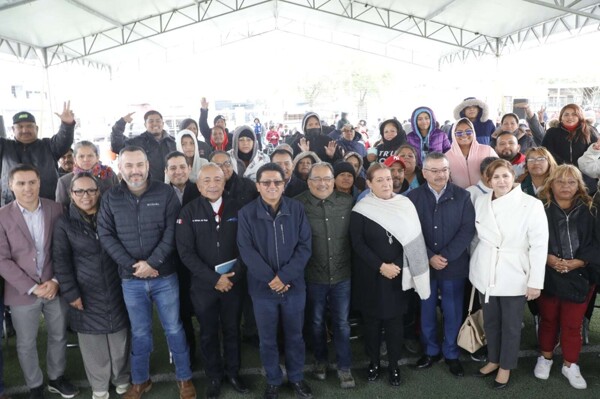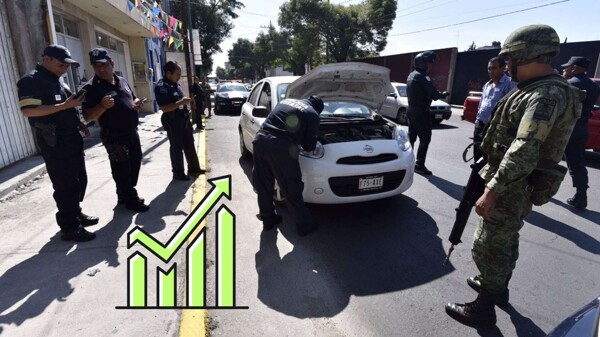In Mexico, the second country in Latin America with the highest prevalence of diabetes, the importance of improving strategies for controlling and treating this disease is emphasized. At a presentation event for the Contour Plus Elite blood glucose meter, the relevance of glucose self-monitoring in the management of diabetes and the challenges that many face in its daily implementation were highlighted.
Kristian Cano, Country Head of Ascensia Diabetes Care Mexico, pointed out that self-monitoring is essential in diabetes control, but many encounter barriers in their everyday use. Diabetes specialist Elías Suvalsky underscored that education is key in this process, as it is not just about measuring glucose, but understanding what to do with those results.
The Contour Plus Elite blood glucose meter features connection technology and a Smart Light system that facilitates the control of glucose levels. Additionally, its Second-Chance Sample technology allows for adding more blood to the test strip, avoiding waste and saving strips.
The general director of Con Diabetes Si Se Puede, Renata Vélez, shared her experience living with type 1 diabetes, emphasizing the importance of frequent glucose self-monitoring to improve quality of life. It was mentioned that self-monitoring is a long-term investment that ensures better disease control and prevents complications.
Raising awareness about these challenges and solutions aims for more people with diabetes to integrate self-monitoring into their daily routines. Devices like the Contour Plus Elite offer visual alert systems to facilitate the identification of values and decision-making.
It is essential that glucose measurements are accurate for proper diabetes control. Some common challenges of self-monitoring include the complexity of the process, uncertainties in interpreting results, repeated and painful pricks, and the perception of investment in monitoring devices as an expense.
In Mexico, where more than 18% of the population lives with diabetes, there are devices designed to be intuitive and easy to use, providing accessible and precise solutions to help patients make informed health decisions.













